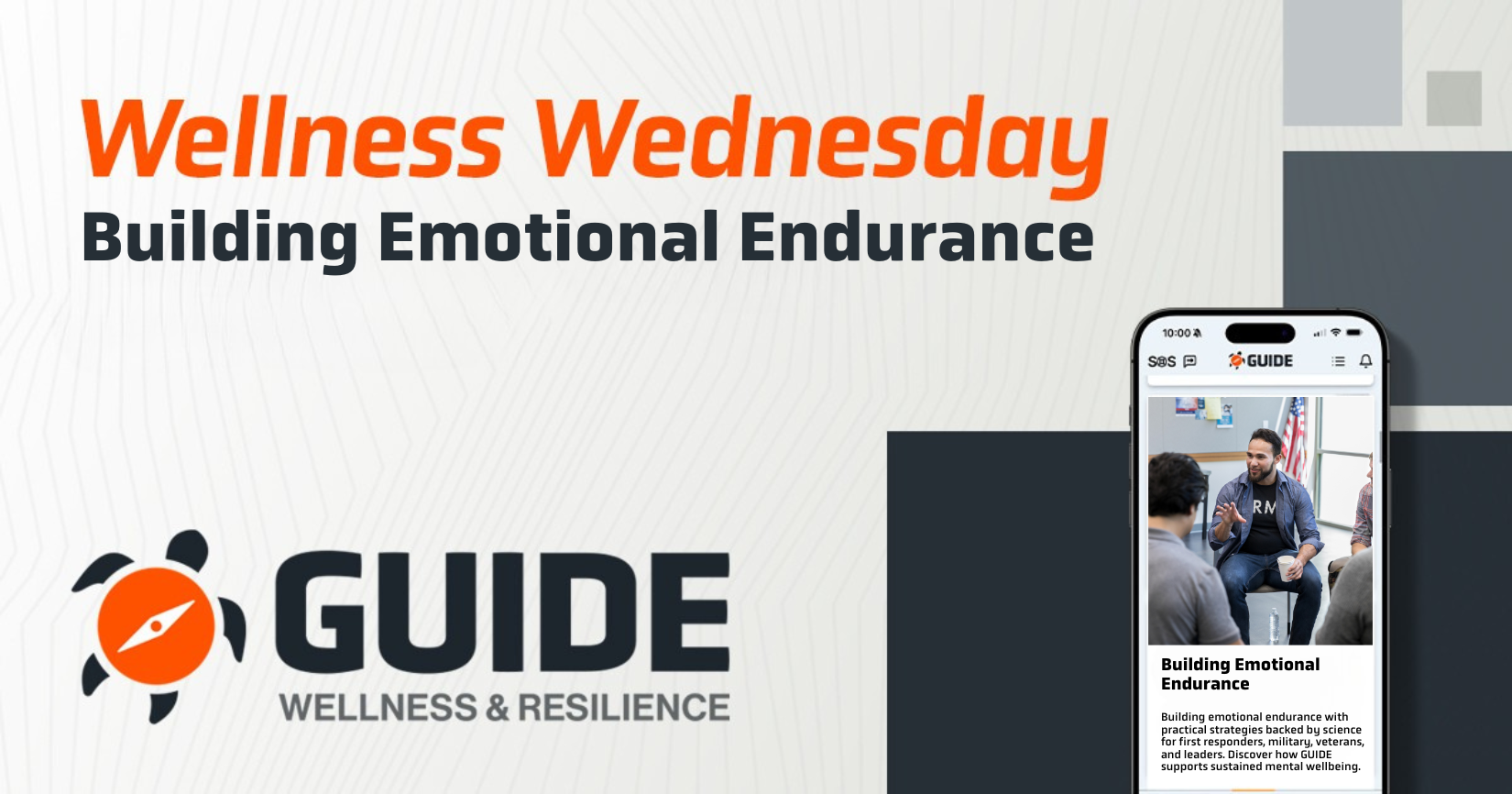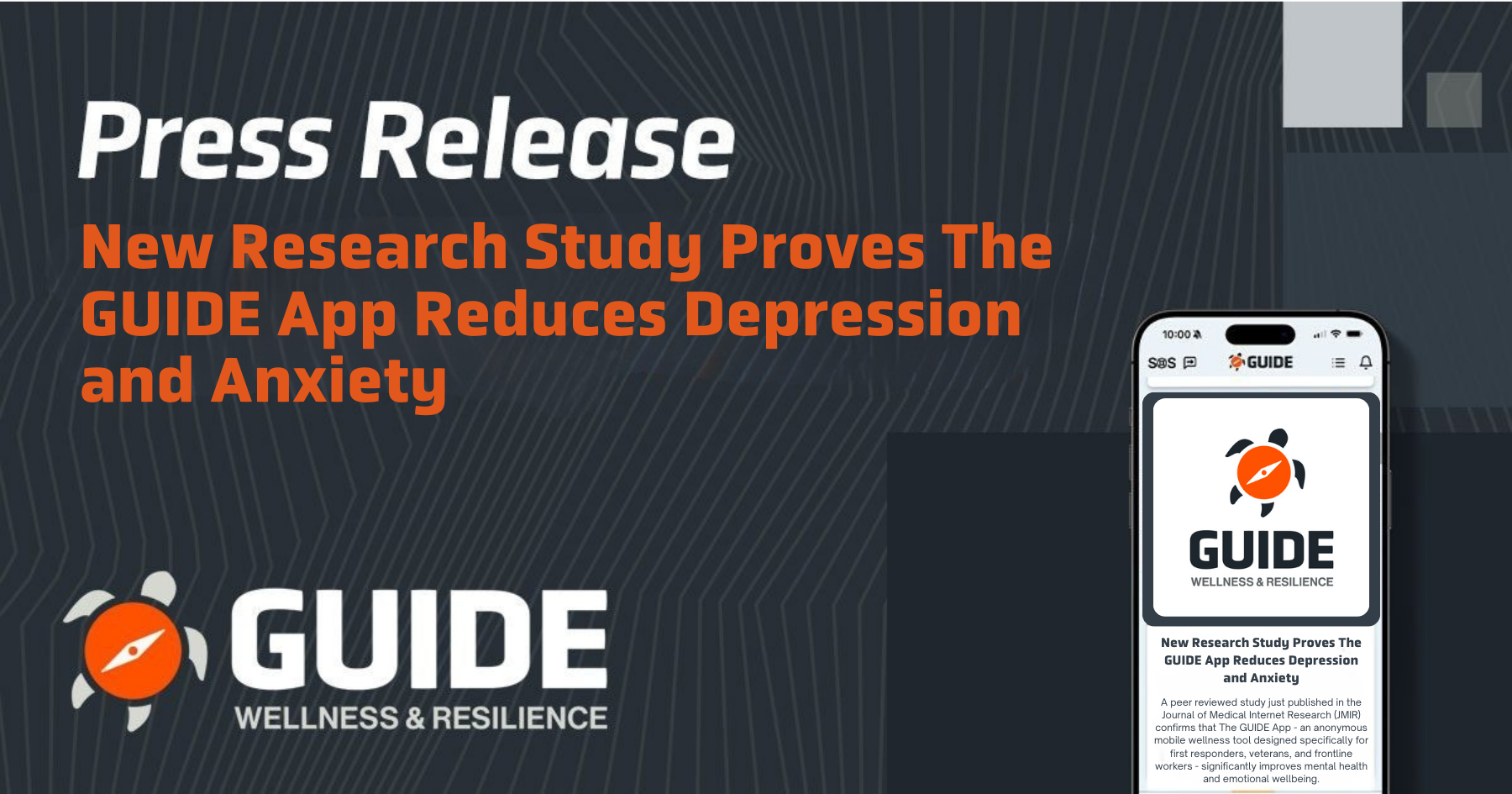Emotional endurance is the ability to manage and persist through ongoing stress or emotional challenges without immediate relief. This differs from resilience, which emphasizes recovery after stress. For high-pressure roles, first responders, military, veterans, healthcare workers, and leaders, endurance is essential for staying functional during long-term demands.
Emotional Endurance vs Resilience
- Emotional endurance means continuing on through hardship, tolerating discomfort while remaining operational.
- Resilience refers to bouncing back after stressors have passed.
Sustainable performance requires both: the capacity to cope in the moment, and the ability to recover afterward.
Why Emotional Endurance Matters
Chronic stress in emergency and leadership roles increases risk of burnout and errors. Emotional endurance helps individuals maintain focus, composure, and effectiveness during extended pressures.
Evidence‑Based Strategies
A. Sit with Discomfort
Allowing yourself to experience unpleasant emotions helps gradually build tolerance. Over time, facing stress (not avoiding it) strengthens emotional endurance.
B. Name the Emotion
Labeling emotions (“naming it to tame it”) reduces stress responses and enhances regulation.
C. Leverage Physical Activity
Research shows moderate physical exercise supports emotion regulation. It lowers stress‑region activity in the brain and enhances regulatory control.
Regular exercise also strengthens emotion regulation through self‑efficacy.
D. Use Mindfulness or Meditation
Mindfulness practices reduce rumination and support coping with stress in real time.
E. Foster Social Support
Co‑regulation through peers, talking, debriefing, sharing, lightens emotional load. Team-based emotional support strengthens endurance.
How GUIDE Enhances Emotional Endurance
GUIDE supports field-ready emotional endurance with tools such as:
- Anonymous check‑ins to honestly report emotional state without judgment
- Daily micro‑gratitude prompts to cultivate daily positivity
- Peer‑guided team check‑outs so leaders can spot early emotional strain
These features empower individuals and teams to build endurance daily, not just post-crisis.
Practical Leader Playbook
- Schedule anonymous emotional check‑ins using GUIDE weekly.
- Begin shifts with micro‑gratitude prompts to set a resilience tone.
- Encourage brief physical breaks, walks or stretching, to reset stress.
- Run mindfulness or naming-of-emotion exercises during team huddles.
- Model endurance: share real experiences of sitting with stress, rebuilding trust and normalizing the journey.
Measuring Progress
- Data insights: GUIDE visualizes trends in emotional state over time.
- Outcomes to watch: reduced burnout, improved focus, better decision-making, stronger camaraderie.
GUIDE equips leaders in emergency services, military units, veteran programs, healthcare, and high-stress environments with science-based tools to build and sustain emotional endurance and resilience. Ready to see GUIDE in action?
Book a demo tailored for your team’s unique challenges: https://theguideapp.com/get-started/




